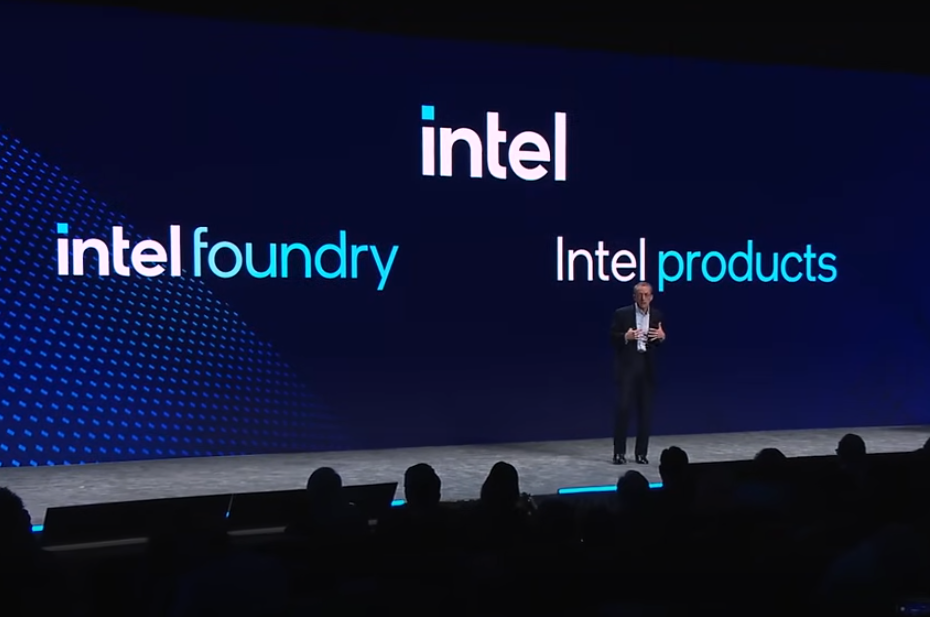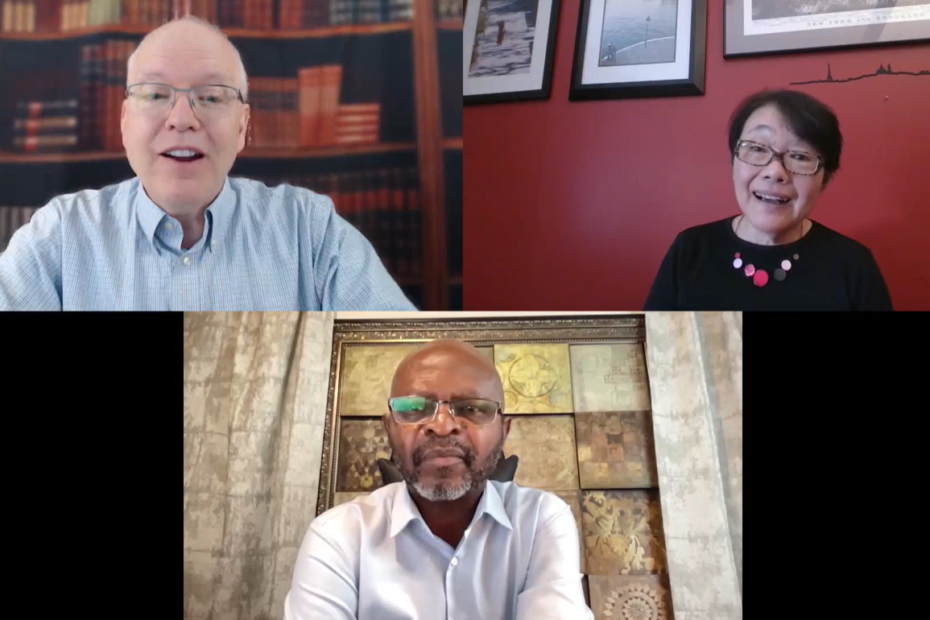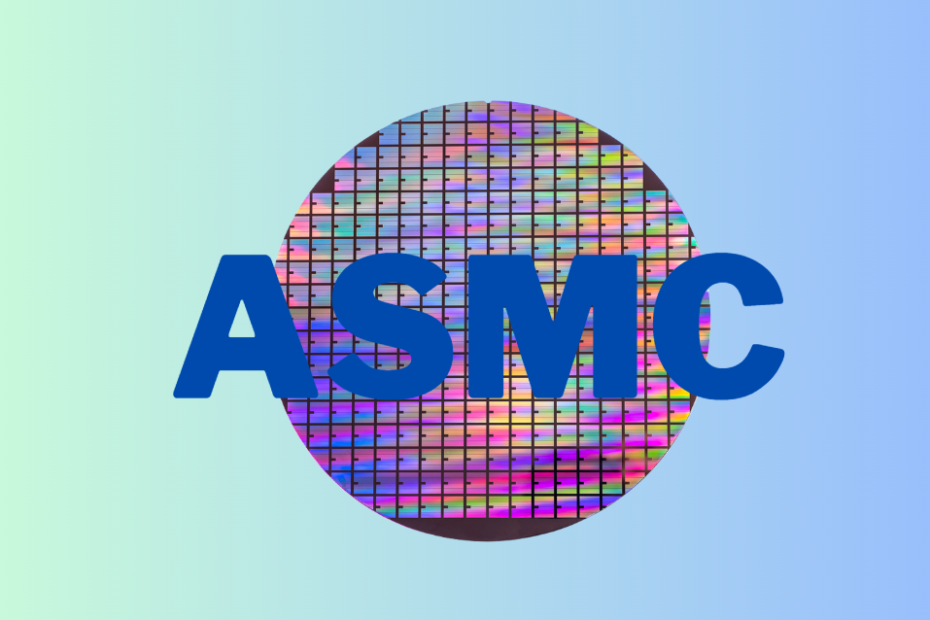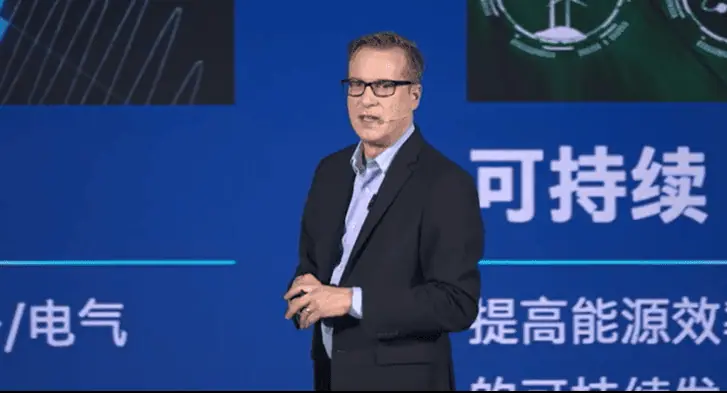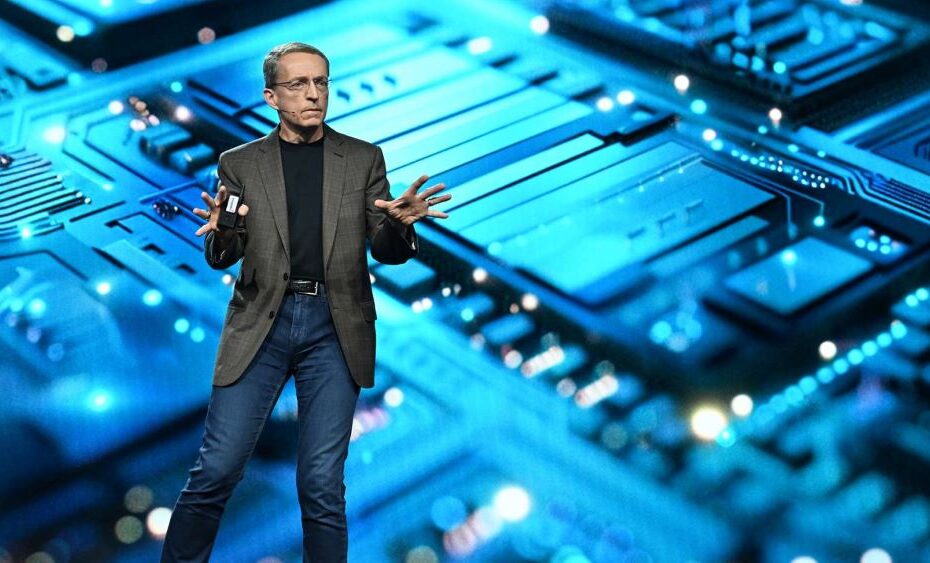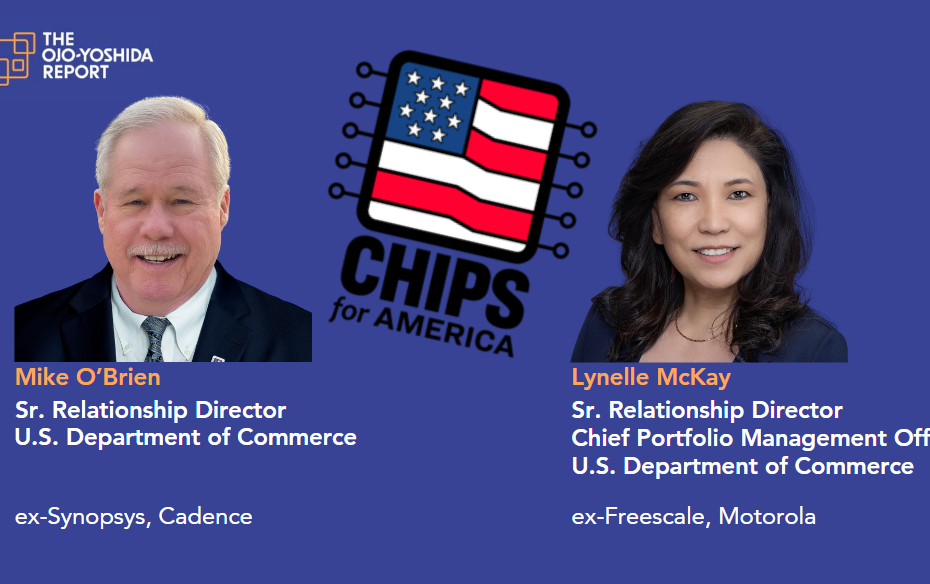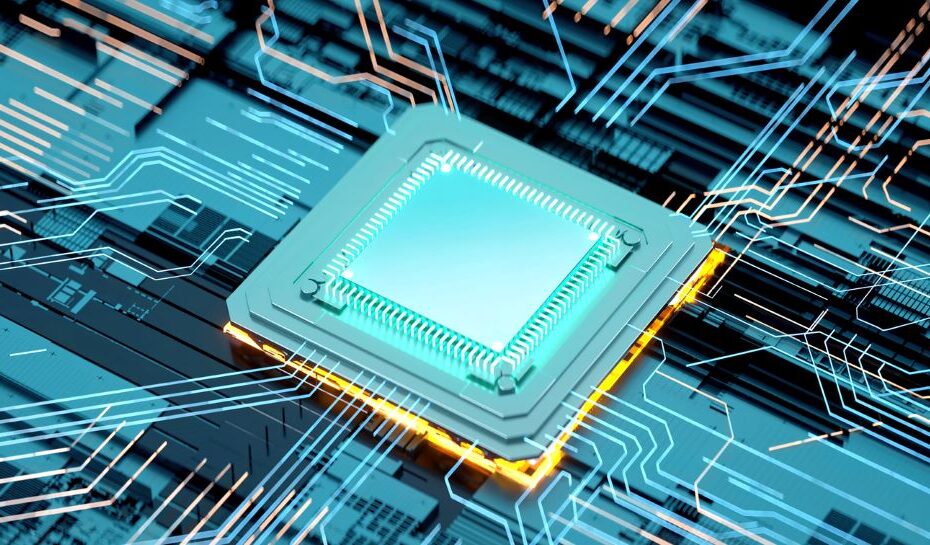Intel Board, After Review, Insists on Token Changes
Intel Corp. said it will halt spending on new fab and facility expansion programs in Poland and Germany temporarily and establish a separate board of directors for its foundry operations in continuation of its reorganization plans and as part of efforts to revitalize the business.
The company also intends to conduct an initial public offering for Altera, the FPGA business it acquired years ago, and sell some of its shares in the business in an operation similar to the floating of Mobileye, the advanced driver-assistance systems and autonomous driving division.
The details, laid out in a message to employees but which was simultaneously sent out as a press statement from CEO Patrick Gelsinger, included many of the actions observers said the company was likely to take following news the board of directors had held a special meeting last week. Some observers were expecting Intel to split into separate independent businesses.
Read More »Intel Board, After Review, Insists on Token Changes
